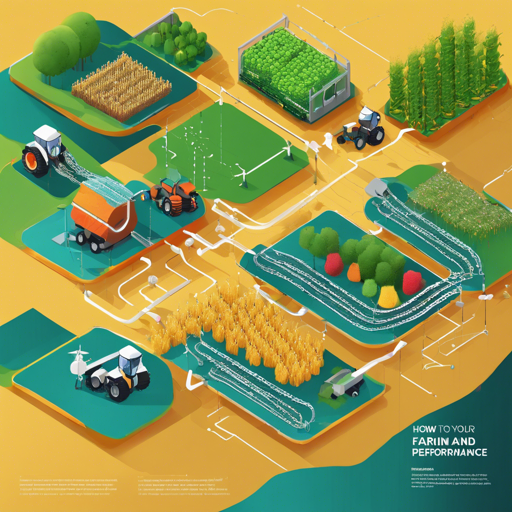In the ever-evolving world of decentralized finance (DeFi), keeping track of your farming activities across various blockchains like Binance Smart Chain, Polygon, and Fantom can be a daunting task. Fortunately, with the right tools and configurations, you can seamlessly monitor your farming and pool performance. This blog will guide you through the process step-by-step.
Getting Started
To begin tracking your farming performance, you need a solid setup. Here’s what you’ll need:
- Node.js – A convenient runtime for server-side JavaScript.
- SQLite – A lightweight database to store your farming data.
Installation Steps
Let’s install the necessary software and set up your environment:
npm install sqlite3 vardb.db db.sqlIf you want to cater to custom configurations, feel free to create a config file:
config.json = config.json.localConfiguration
Your configuration file can include additional parameters to enhance performance. For instance:
{
"MOONRIVER_RPC": ["https://foo.rpc", "https://foo1.rpc"],
"POLYGON_RPC": ["https://foo.rpc", "https://foo1.rpc"],
"WEB3_PROXIES": ["https://YOUR.proxy:3128", "https://YOUR_2.proxy:3128"],
"DEFAULT_PROXY": "https://YOUR_2.proxy:3128"
}How It Works
To simplify the explanation, think of your farming operation as a well-organized garden:
- The gardens (platforms) are the various blockchains where you plant your crops.
- Your seeds (tokens) are how you start your farming journey, each requiring specific conditions to grow.
- The yield (returns) is what you harvest from your efforts, hopefully bountiful in nature.
Much like a gardener tends to different plants, you’ll monitor multiple contracts (farms and pools) across various chains. The system consolidates all this information, giving you a clear overview of your potential yields and farming options.
Endpoints for Accessing Data
To retrieve your data, you will interact with a series of endpoints. Here are some examples:
- Cross-Chain Farms:
GET /farms/yield/:address - Per Chain:
GET /polygonfarmsGET /fantomfarmsGET /kccfarmsGET /harmonyfarms
- Generate Farm:
node src/command/farm_fetcher.js masterChefAddress chain: bsc
Troubleshooting
Sometimes, you may run into issues while tracking your farming activities. Here are a few troubleshooting tips:
- Slow Response: If blockchain endpoints are sluggish, consider implementing parallel calls to optimize performance.
- Data Caching: Ensure that you are caching the data efficiently; check whether your configurations are optimally set up.
- Incorrect Addresses: Verify the contract addresses you are using for accuracy—they must be correct in order to fetch reliable data.
For more insights, updates, or to collaborate on AI development projects, stay connected with fxis.ai.
Conclusion
By following these guidelines, you’ll have a streamlined approach to tracking your farming and pool performance across multiple chains. With the right persistence and configurations, your gardens in the crypto space can yield fruitful results, rewarding your efforts in this fascinating ecosystem.
At fxis.ai, we believe that such advancements are crucial for the future of AI, as they enable more comprehensive and effective solutions. Our team is continually exploring new methodologies to push the envelope in artificial intelligence, ensuring that our clients benefit from the latest technological innovations.

